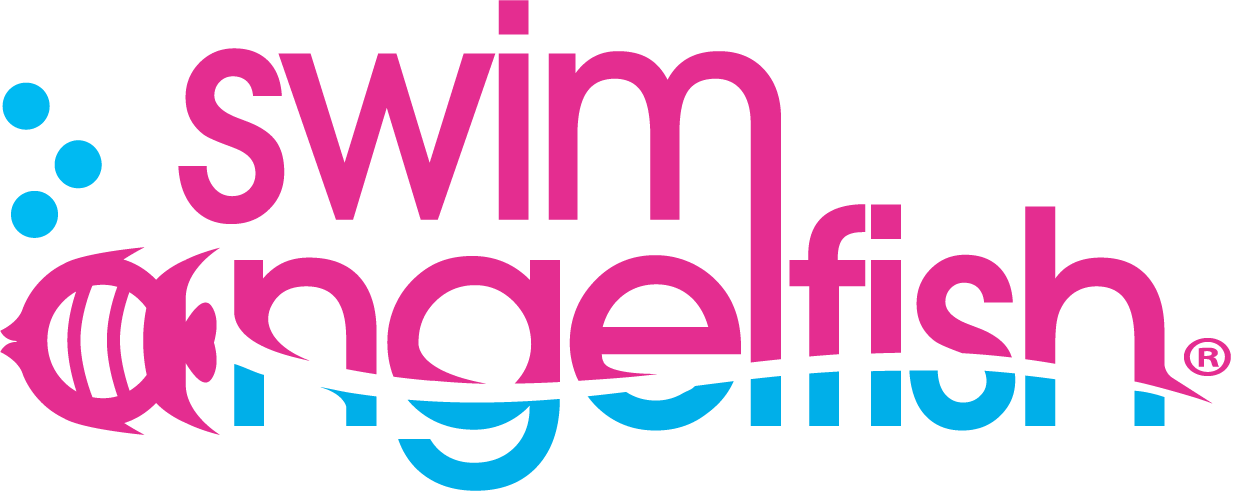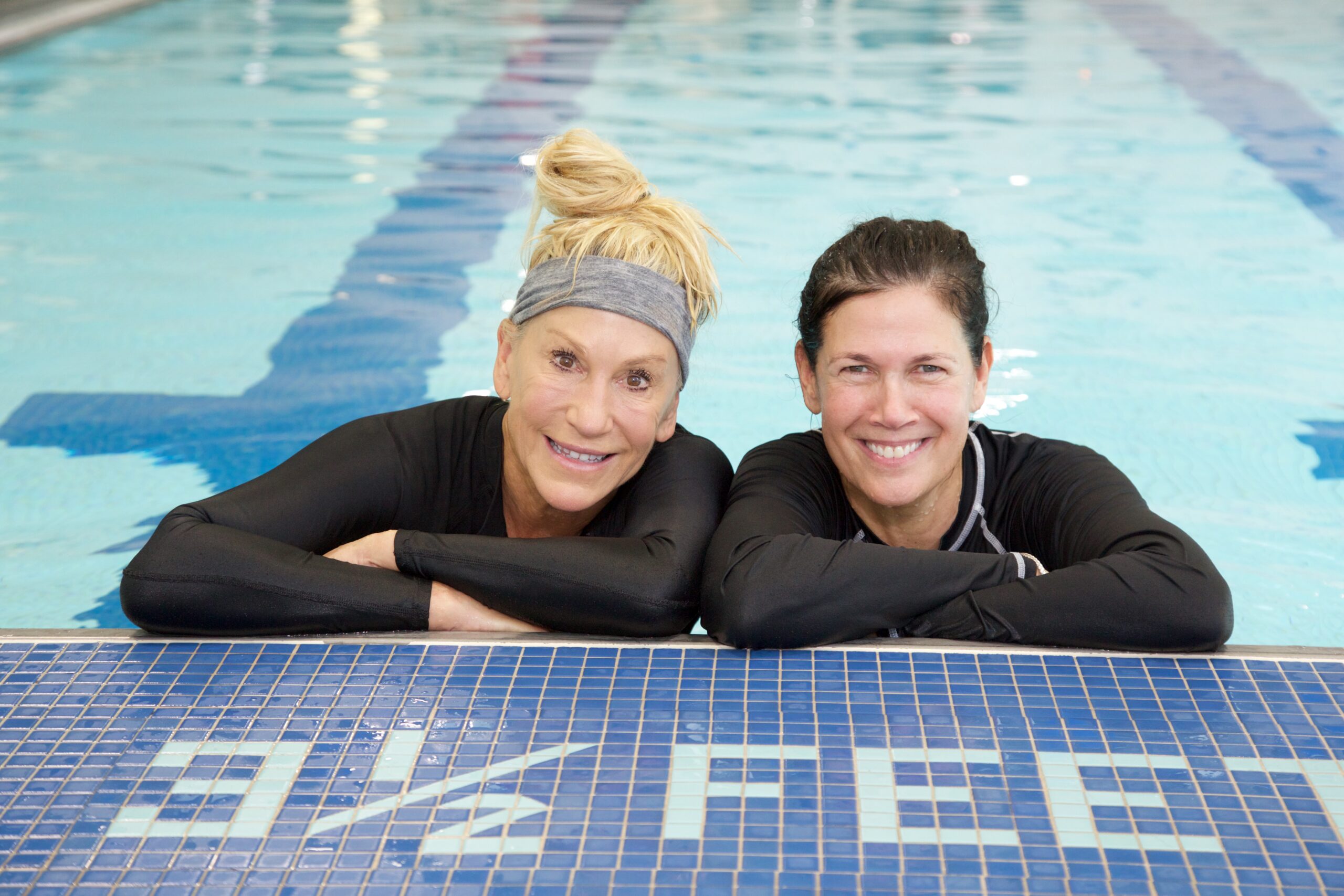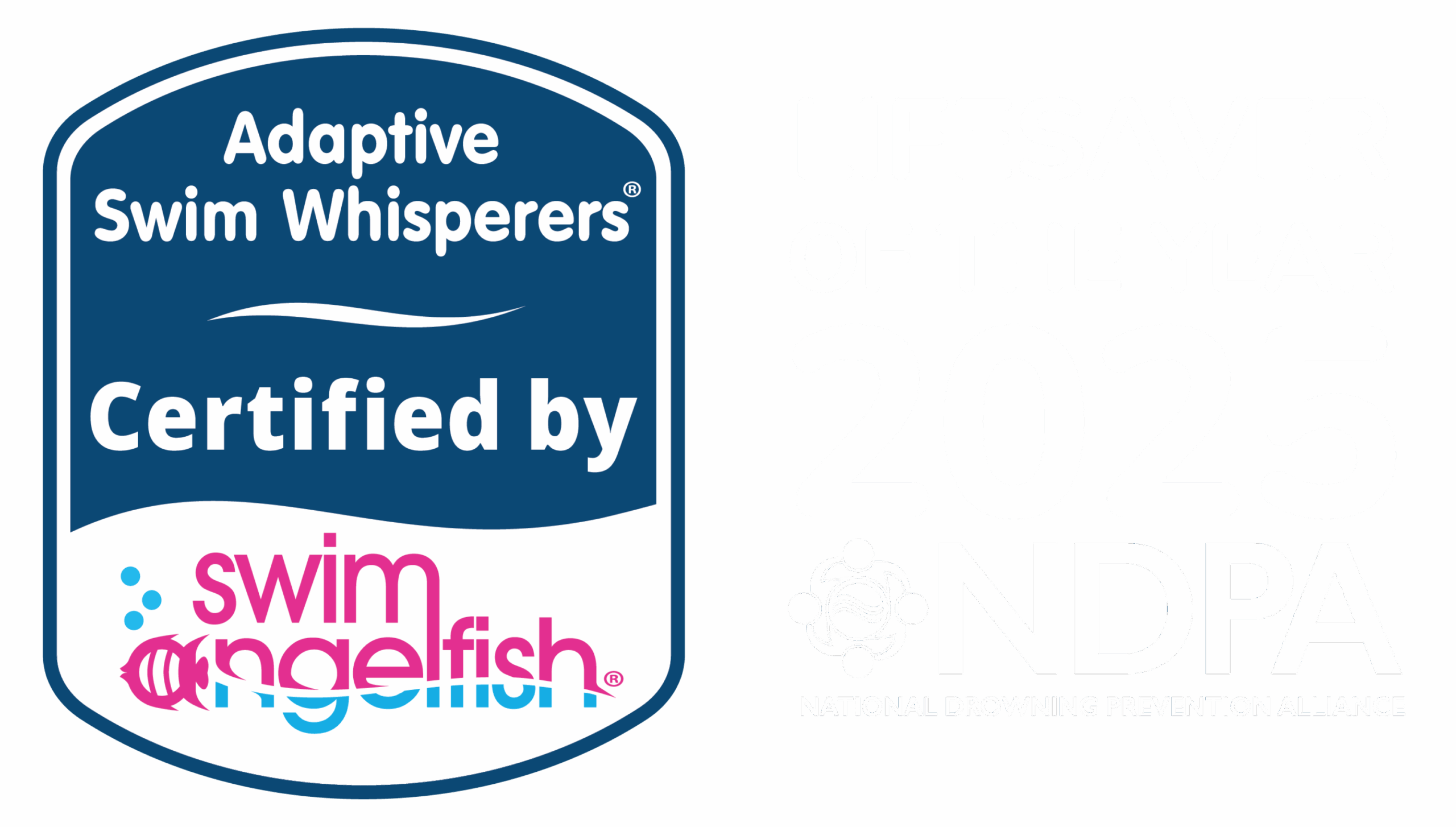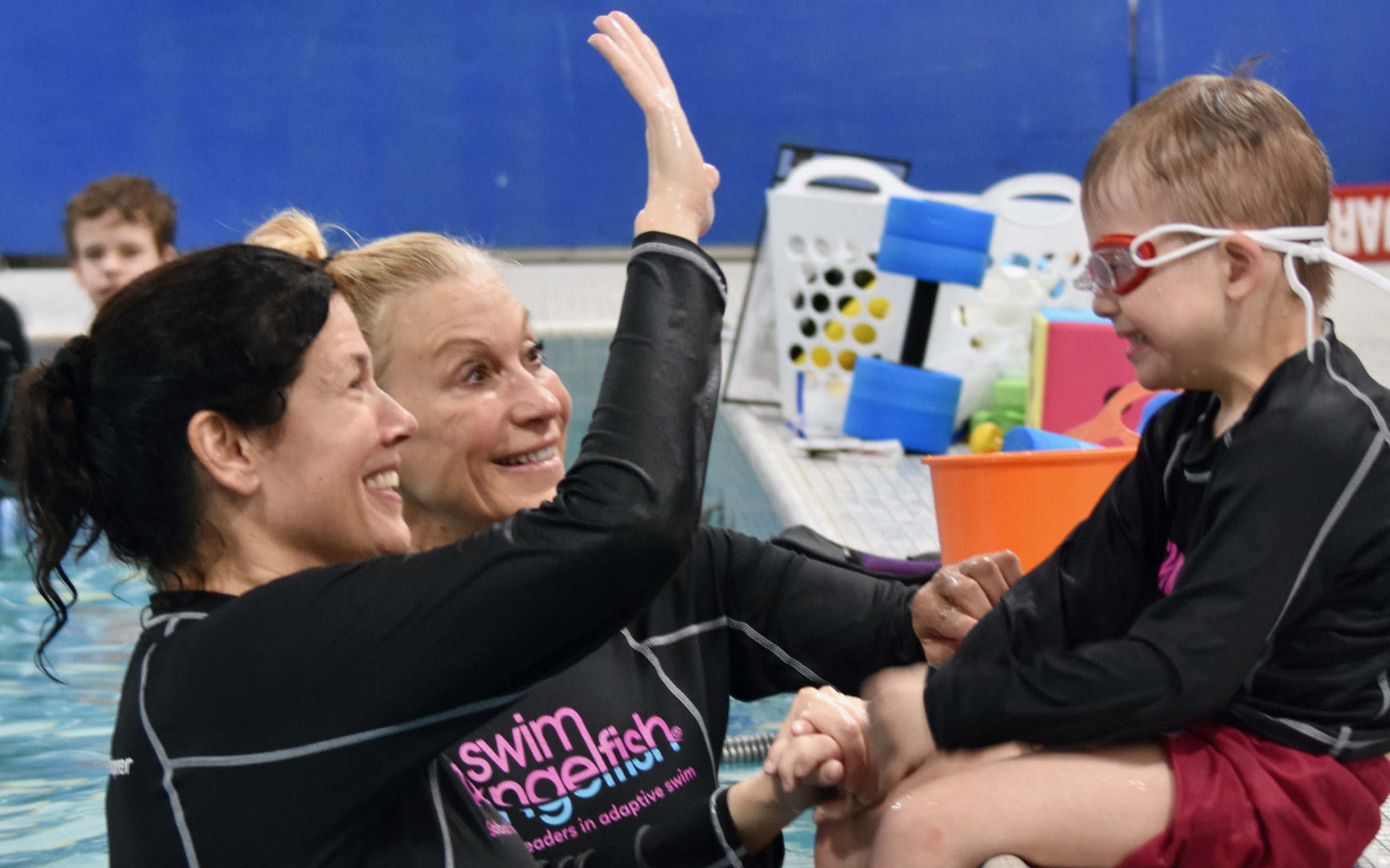
Are you a swim instructor struggling to work with students who have trouble paying attention? It might be really hard for them to concentrate, or it could be an underlying auditory processing disorder (APD).
As swim instructors, we tend to talk quickly and repeat our instructions. Add to this the background noise in an indoor swimming pool, and the chances are that some swimmers could be struggling to hear, interpret and then process instructions. This can pose a swim safety risk because clear communication between instructor and student is essential to keep students safe in the water.
As the adaptive swim experts, we want to give you 3 sure fire ways to communicate more effectively with your students and help your swimmers who learn differently.
Swim Safety and Processing Disorders
There are several types of processing disorders such as visual processing, sensory processing, cognitive processing, and auditory processing whereby receiving, processing, and responding to information via these various senses, can be challenging.
Many of the signs and symptoms of these various processing disorders can be shared, confused, or hidden by other disorders such as learning disabilities (LD) or attention deficit hyperactivity disorder (ADHD/ADD). Therefore, it is important to talk to the parents and caregivers of your student to better understand the conditions relating to each individual. This way, you can identify underlying roadblocks before moving on to teaching swim skills.
There are many benefits of learning to swim for people with Learning Difficulties or Processing Disorders. Gaining swim skills can help to build confidence, develop social skills, teach water safety awareness as well as become a lifelong leisure pursuit that will increase overall health and well-being.
Swimming can be good for someone with auditory processing because they can go underwater and wash away all the stimuli to become regulated. Sometimes it can be beneficial to have them work on their back, with their ears in the water, to block out all the noise and concentrate on swim skills like backstroke.
By adapting your swim lesson to teach water safety skills, you can help to improve outcomes for those at higher risk of drowning.
3 Strategies to Help Improve Communication in Your Lesson
We have 3 strategies to help teach swim skills to students who are struggling to pay attention or who may have an underlying Auditory Processing Disorder.
